How Long Can Studio Lights Be On?
Studio lighting is an essential aspect of photography and videography, playing a critical role in ensuring that the subjects are illuminated correctly to reduce shadows and highlight details effectively. When discussing how long studio lights can be kept on, various factors come into play, including the type of lighting, the purpose of usage, heat emission, energy consumption, equipment longevity, and safety considerations. This article aims to delve into these aspects comprehensively, providing practical solutions and best practices for managing studio lights during prolonged sessions.
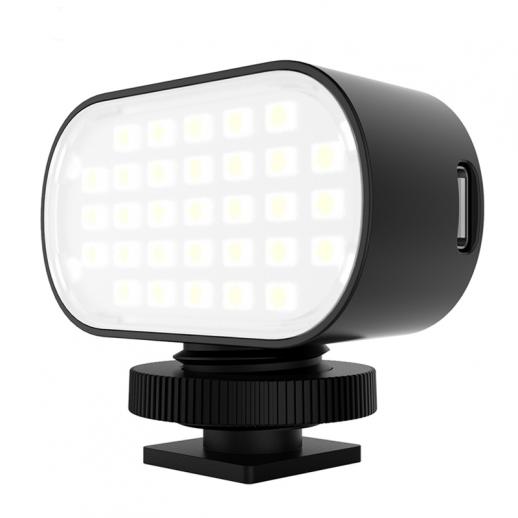
Understanding Types of Studio Lights
Different types of studio lights have various characteristics that influence how long they can be kept on safely and efficiently.
1. Incandescent Lights: These traditional bulbs are less commonly used today due to their high energy consumption and significant heat output. They tend to have a shorter lifespan, typically lasting around 1,000 hours. Due to their heat production, it is advisable to use them for shorter periods to avoid overheating.
2. Fluorescent Lights: These lights are more energy-efficient than incandescent bulbs and produce less heat. However, they can still produce a considerable amount of light over extended periods. On average, these can last between 7,000 to 15,000 hours, allowing them to stay on for longer durations without major concerns.
3. LED Lights: LED lighting has become the standard in many modern studios due to its energy efficiency, low heat output, and longevity. LEDs can last up to 50,000 hours or more, making them ideal for extended use. They can be kept on for long sessions with minimal risk of overheating or wearing out quickly.
4. Halogen Lights: These are brighter and more energy-efficient than incandescent bulbs but still produce a lot of heat. They also have a relatively shorter lifespan, around 2,000 to 4,000 hours, and should be used with caution during extended periods to prevent overheating.
Purpose of Usage
The duration for which studio lights need to remain on can vary significantly based on the purpose of their usage.
1. Photography Sessions: For typical photography shoots, lights may need to be on for several hours at a time. The breaks between sessions usually allow the equipment to cool down, especially critical for lights with higher heat emission.
2. Live Broadcasting and Streaming: In scenarios where continuous lighting is required, selecting lights with low heat output and higher energy efficiency, such as LEDs, becomes crucial. Continuous use requires more robust equipment to avoid interruptions.
3. Filming: Film productions often require lights to be on for extensive periods. Here, the use of cooling systems and air conditioning can help manage heat output from the lights. LED lights are particularly favorable for these setups.
Heat Emission and Cooling
Heat management is a primary concern when operating studio lights for extended periods. Excessive heat can lead to equipment malfunction, fire hazards, and discomfort for the crew and subjects.
1. Ventilation: Ensuring that the studio is well-ventilated can help dissipate heat. Strategically placed fans or air conditioning units can help maintain a manageable temperature.
2. Cooling Periods: It is advisable to schedule regular breaks to turn off lights and allow them to cool down, especially for incandescent and halogen lights.
3. Heat-Resistant Materials: Using heat-resistant materials for diffusers, reflectors, and other accessories can help manage the temperature and prevent heat damage.
Energy Consumption and Efficiency
Energy consumption directly affects operational costs and environmental footprint. Using energy-efficient lighting can lead to substantial savings over time.
1. LEDs and Fluorescents: These lights consume less power compared to incandescent or halogen lights. Investing in energy-efficient lighting solutions can reduce electricity bills and minimize environmental impact.
2. Timers and Controls: Utilizing timers and smart controls can help manage lighting usage effectively, ensuring that lights are only on when necessary.
Equipment Longevity
The lifespan of studio lights is a critical consideration to ensure long-term operational efficiency and cost-effectiveness.
1. Maintenance: Regular maintenance, including cleaning and checking connections, can extend the lifespan of lighting equipment.
2. Quality of Equipment: Investing in higher-quality lights may have a higher upfront cost but can save money in the long run due to reduced replacement and maintenance costs.
Safety Considerations
Maintaining safety is paramount when working with studio lights for extended periods.
1. Avoiding Overheating: Regularly monitor temperatures and ensure that lights are not left unattended for too long.
2. Proper Wiring: Ensuring that all electrical connections and wiring are in good condition can prevent electrical fires and other hazards.
3. Safety Gear: Using gloves and protective gear when handling hot lights can prevent burns and other injuries.
Practical Tips for Prolonged Use of Studio Lights
1. Plan Your Sessions: Schedule breaks for cooling off equipment and plan the lighting setup to minimize the time lights need to be on.
2. Monitor Heat Levels: Use infrared thermometers to regularly check the temperature of the lights and surrounding environment.
3. Upgrade to LEDs: If feasible, consider upgrading to LED lights for longer-lasting and more energy-efficient lighting.
4. Implement Smart Control Systems: Use smart lighting controls to automate and optimize the usage of lights, ensuring they are used only when necessary.
5. Regular Maintenance Checks: Conduct routine checks and maintenance on lighting equipment to ensure it is operating efficiently and safely.
How long studio lights can be kept on safely and efficiently hinges on a myriad of factors, including the type of lighting, purpose and usage, heat management, energy consumption, equipment longevity, and safety protocols. By understanding these elements and applying the best practices outlined, photographers, videographers, and studio professionals can ensure that their lighting setups are not only effective but also sustainable and safe for prolonged use. Whether you are a novice setting up a home studio or a professional managing a commercial production, the right approach to using studio lights can enhance your work and ensure operational efficiency.


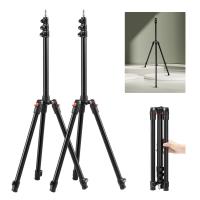
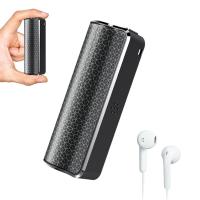

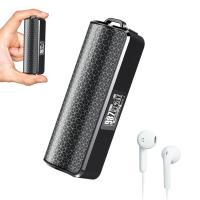
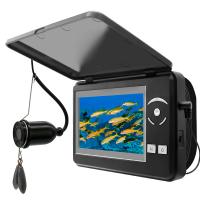
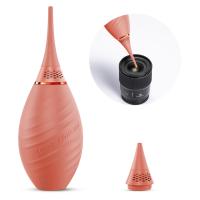
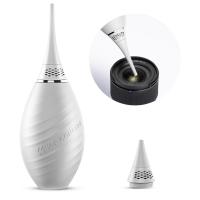

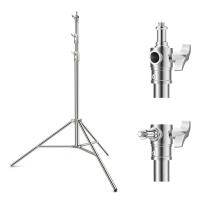
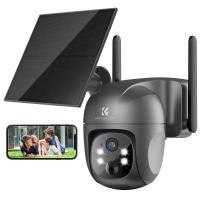
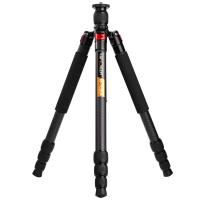
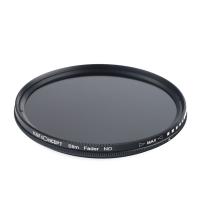
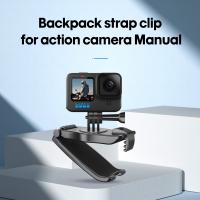


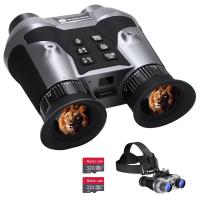
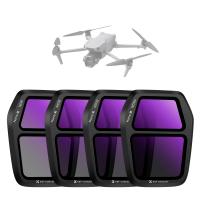

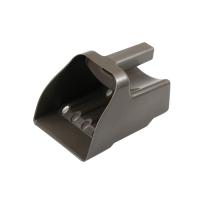

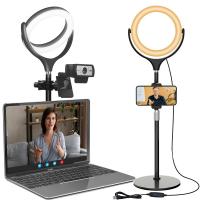

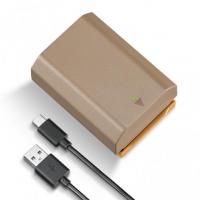

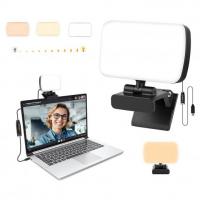
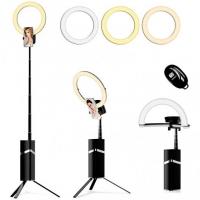
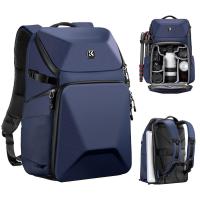
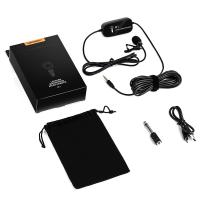
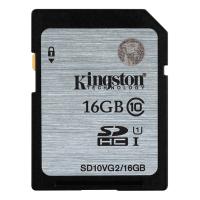
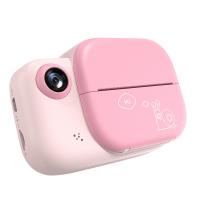
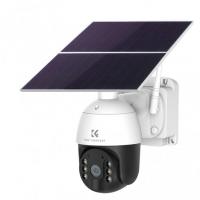
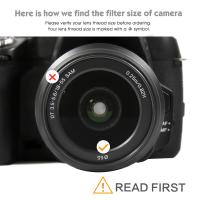

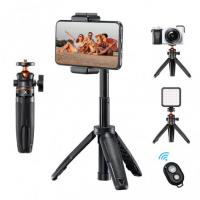
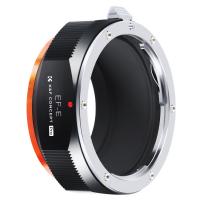
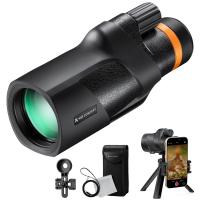
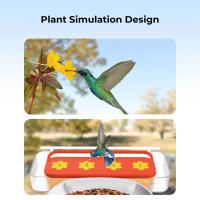
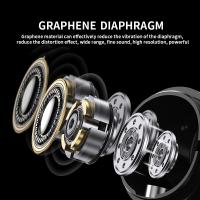

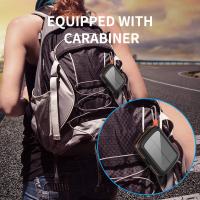
There are no comments for this blog.